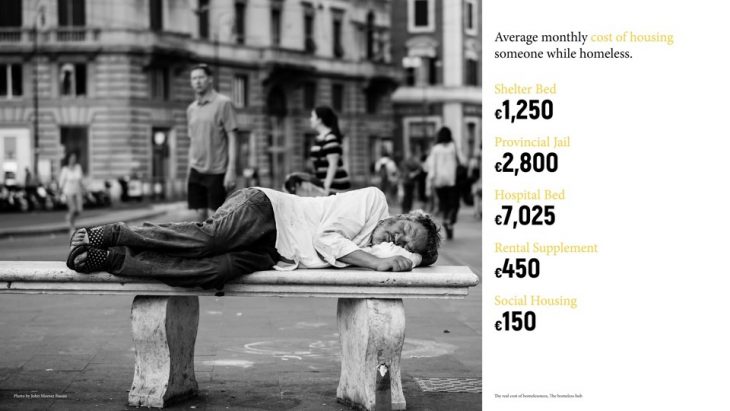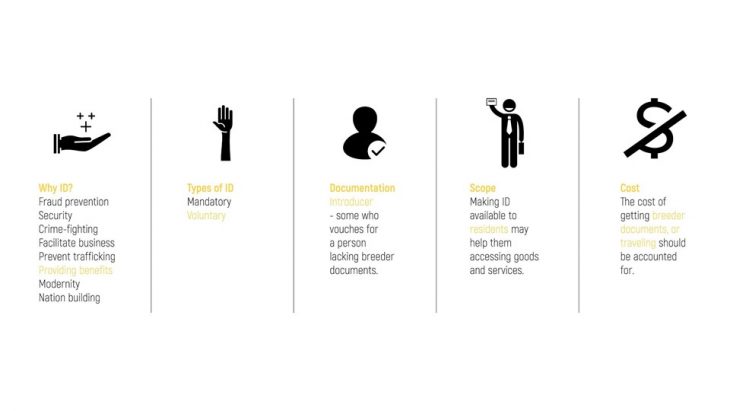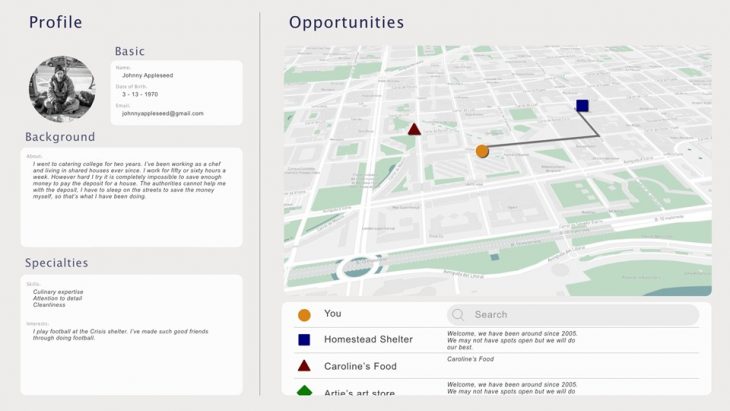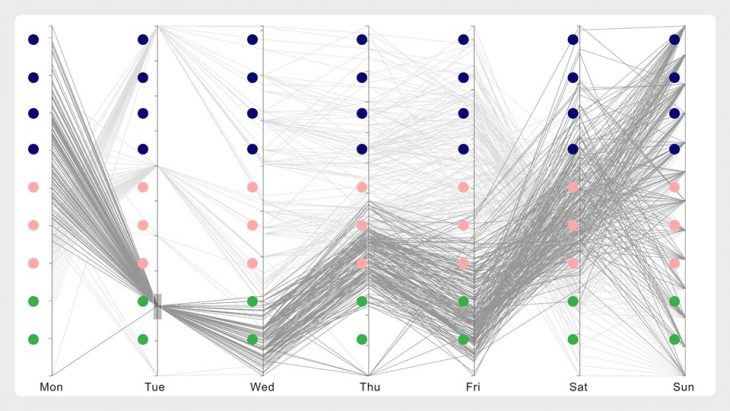We started working on this project with the intention of providing opportunities to people by eliminating the prejudice in today’s increasingly digital world. This led us to concentrate our efforts on understanding one of the most vulnerable sections of people in our society. The homeless. Our current response to homelessness is one that relies heavily on the provision of emergency services, a reactive approach rather than a proactive measure.
Multiple research suggests that it is cost-effective to house people to prevent them from becoming homeless in the first place, then to let people languish in a state of homelessness, relying on emergency shelters and day programs.

To tackle this situation we propose the Lighthouse:
The Lighthouse creates a database based on an ID system to be able to understand the situation of each homeless person individually in real-time to take prompt actions.
The ID can be used to log in to services through kiosks such as the metro system ticketing machine or the paring ticket machine.

A possible benefit from the Lighthouse would be to be able to visualize patterns of less fortunate individuals. This information gives municipalities the power to dedicate resources most effectively.

Above shows a hypothetical visualization that the Lighthouse could offer. Each gray line is a user and each colored point is a resource. Over time, the emergence of patterns could help categorize users into different states of homelessness.
The Lighthouse is a project of IaaC, Institute for Advanced Architecture of Catalonia
developed at Master in City & Technology in (2019/2020) by:
Students: Elijah Munn, Pawitra Bureerak, Kushal Saraiya
Faculties: Kathrin DiPaola, Julius Streifeneder